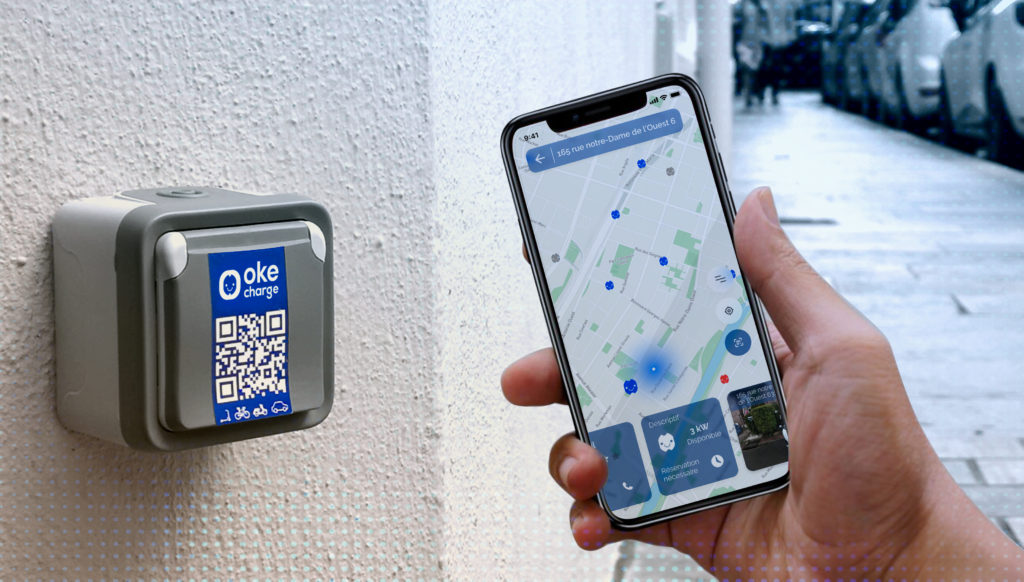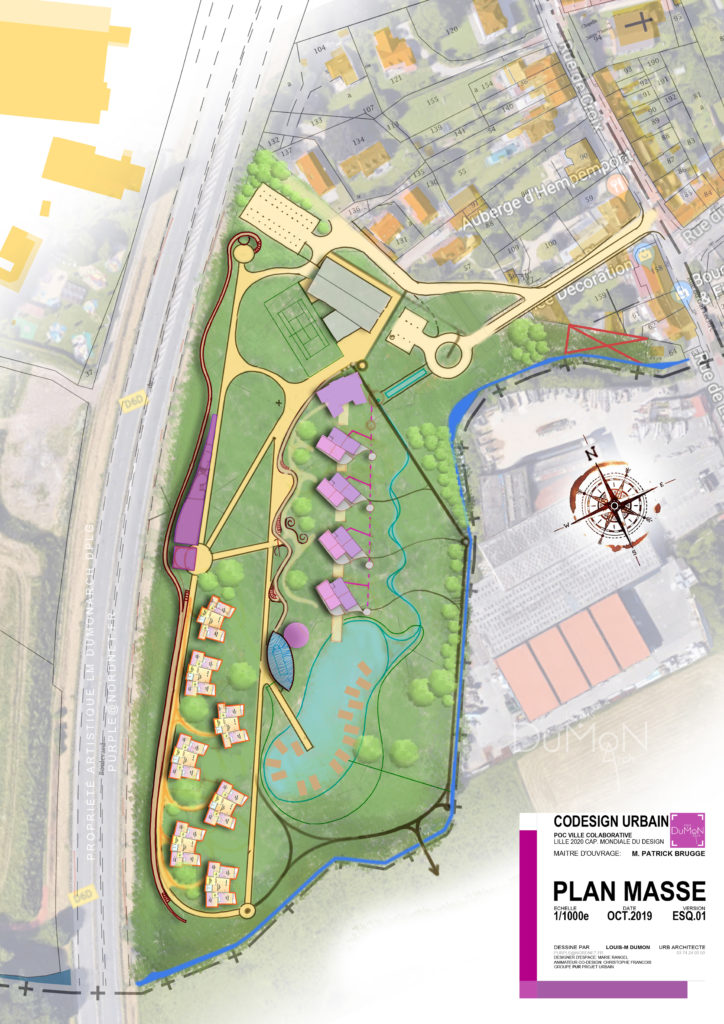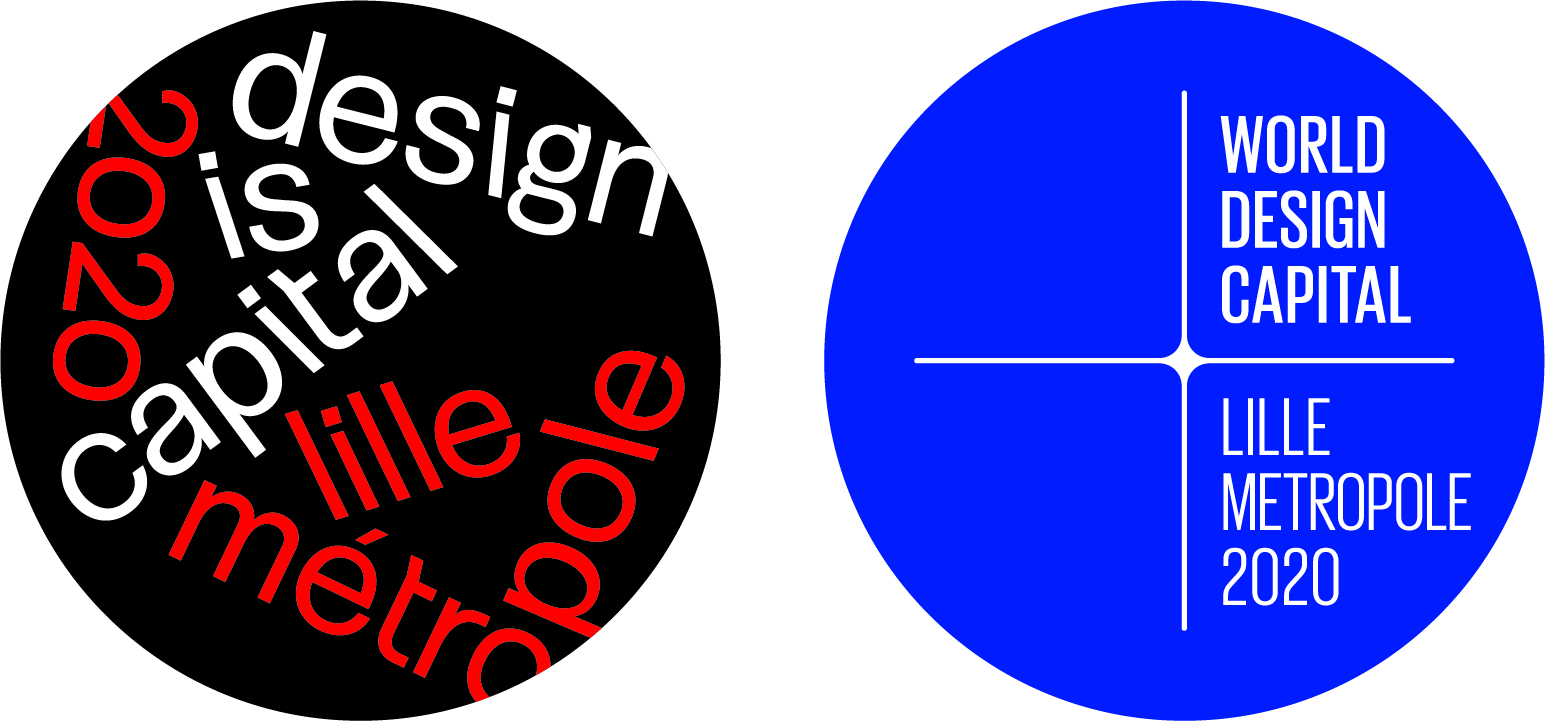Cécile DROUET and Marion RIEDEL
Sharing rather than owning?
Twelve minutes. This is the average time a drill is used over its entire life.[1]Since the past ten years, sharing and mutual aid networks have flourished in many neighbourhoods, encouraging neighbours to share their drills rather buying one for personal use. This progressive awareness is contributing to the development of a service economy, based on the purchase of time to use an object rather than on the purchase of one’s property. In this way, the time of use of material resources can be improved.
Whether it is for the rental of vehicles, tools, housing or the use of a washing machine, it is now possible to buy, on the basis of a price, many services. However, sharing networks between neighbours are generally not based on monetary exchange. What makes these networks strong is also the social link they create. This social bond is based on a relationship of mutual trust that is not monetised: “I lend you my drill, you return it to me in good condition, and you are willing to lend me your hedge trimmer when I need it”. Once established, this relationship of trust can last as long as the parties want it to last. But the challenge is to build that relationship.
Lending an object to someone you don’t know seems more complicated than lending it to someone that already used it about ten times. Any owner could fear his object might be misused, damaged, broken or simply not returned. A study[1]shows that 61% of respondents cite the issue of security as the main obstacle to use the collaborative economy.[2]Some groups have decided to set a monetary price on the use of the object in order to secure its use. However, while setting a price on the use of a service helps to build trust, it is not always sufficient to encourage collaboration. How can we engage individuals upstream to share their private resources by making them accessible to a larger number of people?
[1]Infographie de l’ADEME : “Comment reprendre la main sur nos consommations ?”
[2]Enquête auprès des consommateurs réalisée par TNS sofres en 2015 “Enjeux et perspectives de la consommation collaborative”
[3]Eclairage Vie Publique “L’économie collaborative : un nouveau modèle socio-économique ? “
Overcoming people’s reluctance
Forcing an individual to participate in a neighbour-sharing network or to make available things he owns is definitely not a solution.
Lionel Doyen, designer of the project Oke Chargehas understood this. Oke Charge provides a recharging solution for all owners of electric cars who do not necessarily have access to charging stations in the countryside. It encourages private individuals, and especially owners of electric vehicles, to provide anyone with an electrical outlet outside their home, in return for payment via an application. For Lionel Doyen, the whole issue revolves around what he calls “the host”, the private individual who is going to make his outside plug available. It is a question of “making him accept that someone comes to charge, that he understands there is no intrusion”. But he is hopeful that this will work, especially with the number of electric cars increasing and the need for electric recharging systems outside petrol stations also growing. Thus, the electric car user is encouraged to collaborate with other electric car users by providing an electrical outlet accessible from outside. In fact, a large part of the sharing economy works on the same principle: for example, a private individual makes his home, tools, etc. available to strangers via a networking platform in exchange of a financial reward.[1]
This sharing economy puts the interactions between economic actors back at the centre. It really transforms the neoclassical approach which neutralised the relational dimension.[2] Lionel Doyen knows that he is participating in the deepening of this economy oriented towards service and assistance between individuals.
This is also what Louis-Marie Dumon notices through his original approach when it comes to the rehabilitation of private gardens. He is now developing a project called Design Paysagé(Landscape Design), that proposes to private individuals, when rehabilitating their private homes, to reinvest their garden funds into a larger natural space shared with other neighbouring plots.
The concept of co-design then takes on its full meaning. It aims is to reconnect all the operators of a project to the users by bringing them to co-construct together. The project is designed by the user with the experts. Thus, the project is built from the uses, with the user.[3]
Within the framework of this co-construction approach with the user, a multifunctional natural space could emerge. On the one hand, the co-owners could appropriate the area to make it into a larger natural community space. On the other hand, this would facilitate the continuity of the “green and blue belt”, creating a walking space open to a wider public than the simple co-owners. For example, a bicycle path could be imagined. However, the privacy of the individual is being questioned. Under which conditions would an owner agree to have his garden background transformed into a place for walking? Imagining removable barriers would allow, for example, to limit this intrusion, while allowing a visual continuity on nature. This approach of sharing a strong place of intimacy would widen the notion of economy of sharing.
[1]Article du Figaro: “Airbnb et Blablacar font le succès de l’économie partagée”, 2015
[2]Huet, F. & Choplin, H. L’économie de fonctionnalité comme économie de « coopéraction » : le cas du développement de logiciels, Projectique, 2012
[3]Dubois, L., Le Masson, P., Cohendet, P. & Simon, L. (2016). Le co-design au service des communautés créatives. Gestion, vol. 41(2), 70-72. doi:10.3917/riges.412.0070.

The Oke charge system makes it possible to provide, via the use of a mobile application, a socket located outside one’s private home for recharging electric vehicles.
Building a sharing network creates social links
which people can benefit from personally
Sharing networks are based on trust, but also on the idea of a possible future exchange[1]. This trust and relationship of mutual exchange is not always spontaneous. We already said that overcoming people’s reluctance is a necessity for the personal investment of the actors in the network. Practical exchange is based on a social relationship, and this is precisely what the collaborative city puts at its heart. Pooling networks make it possible to recreate social, neighbourhood and sharing links that had disappeared. Lionel Doyen believes that Oke Chargewill be able to “create a link with potential residents” and “we can succeed in creating meetings, exchanges and messages [via the application]”. In the case of Design paysagé (Landscape Design), inhabitants will be able to reinvest the newly shared space as a place for meeting and sharing. Vegetable gardens, orchards, forests, there are many possibilities offered by Design paysagé to facilitate exchanges between inhabitants of the same neighbourhood.
But knowing that one will be able to access and use this network on an individual basis is also important. By starting from the very concrete uses and needs of users, we can offer a service that is perfectly adapted to these needs, and which can then benefit a greater number of people. This is where the design approach comes into its own. Starting from the uses, and by listening to the needs of individuals, solutions are researched, built and tested with them. Oke Charge and Design paysagéare built on what already exists and seek to adapt and improve it to make it easier to use. Lionel Doyen expresses this clearly by saying that making an outdoor outlet available for rent “is a great service to the user”.
Indeed, although the near future of mobility will be partly played out in electric vehicles, current recharging infrastructures are not sufficient. And it is a whole way of rethinking mobility that needs to be done. Instead of thinking of a centralised mobility around a recharging point, Oke Chargehas the ambition to decentralise this process so that people can “recharge their vehicle every 100 meters”. It is even envisaged to create partnerships with town halls and cities so that they can offer services to private individuals too. The legal problem of the resale of electricity by private individuals remains to be dealt with, as it is right now impossible for individuals to resell their electricity to another person. Thus, we are witnessing here an intensification of the use of an object, in this case the plug, to meet multiple different functions (recharging one’s car but also why not one’s mobile phone, scooter…). Within the framework of Design paysagé, pooling your garden background allows you to intensify its use, a place for sharing between neighbours, of biodiversity, a place to relax in a vast natural space. By sharing a plot of land, people also benefit from the other’s plot, and a potential access to more nature. In the context of the increasing artificialisation of soil, this project of pooling spaces appears as an innovative way to fight against this phenomenon and thus extend the “green and blue belt” of the territory.
[1]Philippette, T., Collard, A. S., & Klein, A. L’économie collaborative : entre jeu, participation et confiance. Recherches en Communication, 2016

Within the framework of Landscape Design, the gardens are pooled in order to create a shared space between co-owners and to give new perspectives on nature.
Adapting our legal and financial system to share private resources easily
Construction of such projects can be done with and by the actors thanks to co-design. They are the ones who ultimately decide whether they wish to participate in the network, to pool their resources, to invest in a collective project. And we have to accept that it sometimes takes time. Beyond this issue of co-design with users, encouraging individuals to pool their private resources can only be done with the law about this service economy based on sharing[1]. Legislation must adapt itself to these new forms of collaboration and must be able to provide a framework for them in order to avoid disputes that could arise between individuals. Moreover, the development of the collaborative economy has affected the insurance sector from the outset. Indeed, this transformation of economy is questioning the content of home or car insurance contracts, notably through the creation of platforms such as BlaBlaCar or Airbnb. The insurance sector quickly saw this as an opportunity to recreate confidence of individuals and companies in its services, but above all to find a place of choice to extend to new relationships between individuals. Insurance was gradually developed to protect not anymore property but the use of property[2].
Finally, funding these collaborative projects is still sometimes a challenge. Being able to rehabilitate the garden beds of several private individuals depends, for example, on the ability of each individual to have a financial capacity validated by his banker. In order to better support all private individuals in obtaining their financing, public participation could be for instance imagined through a specific subvention. This strategy would make possible to multiply the development of this initiative in the creation of these new allotments with shared gardens, and thus to preserve the ecological continuity of the community.
The development of an economy based on services rather than objects, shows an important transformation of our way of life and put our practices into a new perspective. Thus, it seems that the time has come for use by multiple individuals rather than possession.
[1]Mémoire rédigé par M. Dejean : Quel cadre légal pour les plateformes d’économie collaborative et leurs utilisateurs ? Illustration au travers du cas “Airbnb”, 2017
[2]Toucas-Truyen, P. « Temps forts », RECMA, vol. 342, no. 4, 2016
